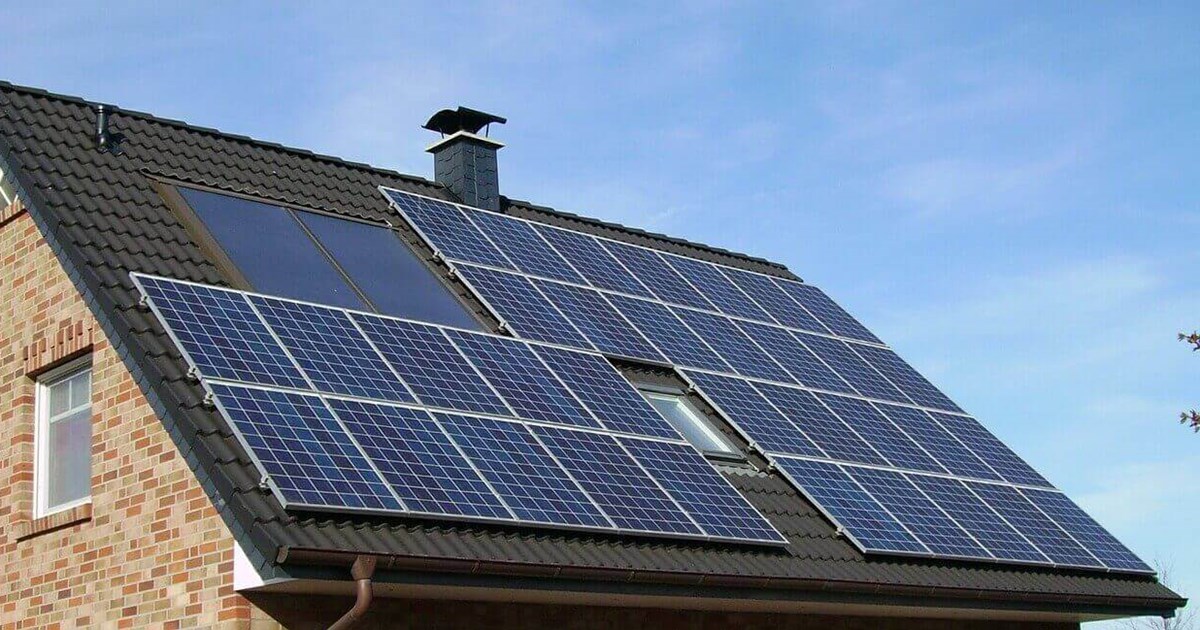Do You Know About Electricity For Home Improvement By Solar Panels In The USA?
At this time of year, many people start working in their homes. Which home improvement projects do you think will give you the most for your money?
Depending on the project, every $10 spent on home improvements can add $10 to the house’s value when sold. It’s important to remember that you won’t pay most of the money spent on big home improvements back until the house is sold. That is if the property’s value stays the same, which seems unlikely given how volatile and unpredictable real estate is.
At least one home improvement project will pay for itself, though. The best part is that it pays for itself whether or not the property is sold, and it can return three or four times its original value during its lifetime.
Even if you have to take out a loan to pay for them, solar panels are the best way to spend your money on home improvements.
The Average Cost Of Putting Up Solar Panels Is
SolarReviews.com says that the average cost of a solar installation in the United States ranges from $9,620 for a small 4kW system to $20,350 or more for a larger 10kW system.
On the other hand, installing solar panels is considered an investment in energy at home. A federal tax credit of 26% will be available for all solar installations built-in 2021, whether for a home or a business. Many cities and towns also offer subsidies for solar energy. With solar performance programs and other incentives, even utilities are getting in on the act.
How To Get A Solar Loan?

People can invest in solar energy with the help of solar loans. This kind of loan for home improvements comes with several terms and ways to pay. For instance, we now have loans of 10, 12, 15, 20, and 25 years, with rates starting at 0.99%.
Even if someone takes out a solar loan, they can still use all federal and local solar incentives and include them in the loan agreement from the start, lowering the monthly payment. For example, a $10,000 solar system costs $7,400 in the first year when the federal tax credit of 26% is considered. This is considered when making the payment plan and any other refunds or credits that may give.
Net Metering Speeds Up The Time It Takes To Pay Back Solar Loans
” can use net metering” programs with almost all residential solar systems. Net metering is sending any extra electricity your solar power system makes back into the utility grid. In exchange, you will get credits on your energy bill that you can use to pay for energy you use in the future. If the panels don’t make enough electricity to meet the property’s needs in the future, the credits are used to pay for electricity from the grid.
Solar users don’t have to worry about utility bills because their solar panels directly power their homes and pay for grid electricity through net metering credits. During the summer, you earn credits that you can use in the winter when there is less daylight.
